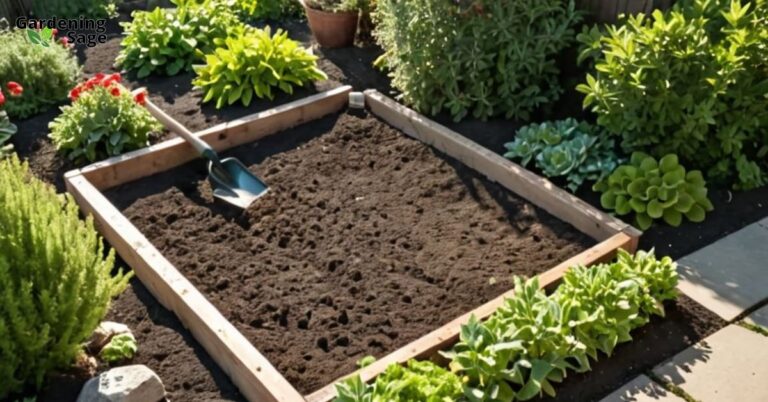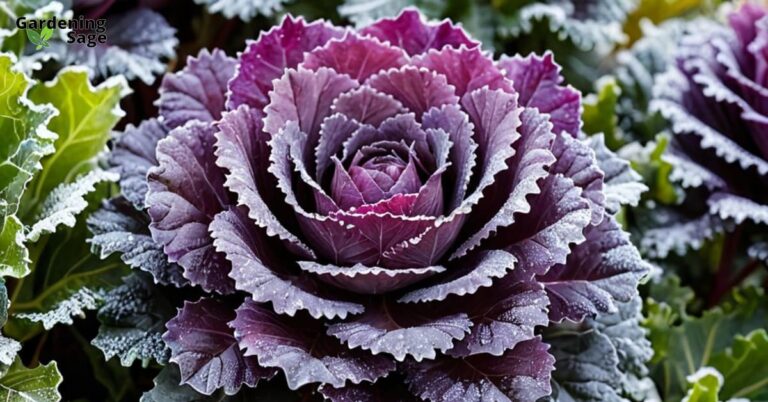Embrace the Chill: Creating Colorful Winter Gardens
As temperatures dip and frost settles in, many gardeners stow their tools and retreat indoors until spring. However, the winter landscape doesn’t have to be barren and devoid of life. With the right planning and protection, your garden can continue flourishing through the winter months, offering a stark contrast to the typical greys and whites associated with this season. Follow these tips to cultivate a thriving, vivid winter garden that persists in the face of cold, providing both aesthetic pleasure and a testament to your gardening prowess.
Choose Cold-Hardy Varieties
Select plants bred to withstand frigid conditions. These varieties have been specifically developed to survive and even thrive in lower temperatures. Some of the best plants for a winter garden include:
- Ornamental kale, with its vibrant leaves that can range from deep purple to bright green
- Swiss chard, which not only survives the cold but can also add a burst of color with its red, yellow, or white stalks
- Parsley, a hardy herb that can often withstand the winter chill
- Garlic, which is planted in the fall and harvested in the summer, making it an ideal winter crop
Consult your local nursery to discover winter-hardy options suitable for your region. They can provide valuable advice on the best varieties for your specific climate and soil conditions. Additionally, they may suggest other plants such as winter pansies, violas, and evergreen shrubs that can add color and texture to your winter garden.
Protect Delicate Blooms
Shield tender perennials and flowering shrubs using strategies that will ensure their survival through the harsh winter months. These methods include:
- Mulching around the base of plants to provide insulation from the cold and help retain soil moisture
- Erecting low tunnels over beds, which act as mini-greenhouses, trapping heat and protecting plants from frost
- Covering plants with fabric row covers, which are breathable and allow light and moisture to reach the plants while providing a barrier against the cold
This safeguards roots and stems from frost damage, which can be particularly detrimental to young plants or those that are not naturally frost-tolerant. By taking these precautions, you can help ensure that your garden remains vibrant and full of life throughout the winter season.
Ensure Adequate Drainage
Excess moisture can cause rot and disease, which are particularly problematic during the cold, wet winter months. Improve drainage by:
- Adding organic material like compost to beds, which can help improve soil structure and allow for better water infiltration
- Incorporating gravel or sand into heavy soils, which can break up dense clumps and allow water to drain more freely
- Planting in raised beds, which naturally improve drainage by elevating the soil level above the surrounding ground
Proper drainage prevents waterlogged roots, which can be fatal to plants during the winter when they are already stressed by the cold. By ensuring that your garden has adequate drainage, you can help protect your plants from the dangers of excess moisture.
Fertilize Lightly
Continue fertilizing into fall but reduce frequency and amounts to avoid pushing tender new growth that could be vulnerable to frost damage. Apply balanced, slow-release fertilizer every 4-6 weeks. This type of fertilizer will provide a steady supply of nutrients over time, rather than a quick burst that could stimulate rapid growth. By adjusting your fertilization practices, you can help your plants enter the winter months in a state of dormancy, which is ideal for their survival during this time.
Prune Cautiously
Pruning stimulates new growth that may not harden off before cold weather arrives. Limit pruning to necessary maintenance tasks such as:
- Removing dead or damaged branches, which can help prevent the spread of disease and pests
- Thinning overcrowded areas to improve air circulation and reduce the risk of fungal infections
- Cutting back spent summer blooms to tidy up the garden and prepare plants for the next growing season
By pruning cautiously, you can help your plants conserve energy and resources, which is crucial for their survival during the colder months. It’s important to time your pruning correctly and to avoid cutting back plants too late in the season, as this can leave them vulnerable to winter damage.
Monitor Soil Moisture
Water deeply before the ground freezes to ensure that plants have sufficient moisture reserves to last through the winter. However, avoid overwatering during winter, as this can lead to problems such as root rot and fungal diseases. Check soil moisture weekly and water dormant plants if extended dry spells occur. This can be especially important in regions where winter precipitation is low. By monitoring soil moisture levels and providing water when necessary, you can help your garden maintain its health and vitality even during the coldest months.
Reap Rewards with Winter Gardening
With preparation and care, cultivating a winter garden offers visual splendor during the cold months and a head start on spring growth. It’s a rewarding endeavor that can brighten the dreary days of winter and provide a lush, green space to enjoy when most other gardens are dormant. Follow these guidelines to keep your garden thriving amidst frost and snow for seasons to come. Not only will you enjoy the benefits of a beautiful garden year-round, but you’ll also be giving yourself a jumpstart on the spring planting season, with robust plants that are already well-established and ready to grow when the weather warms.













